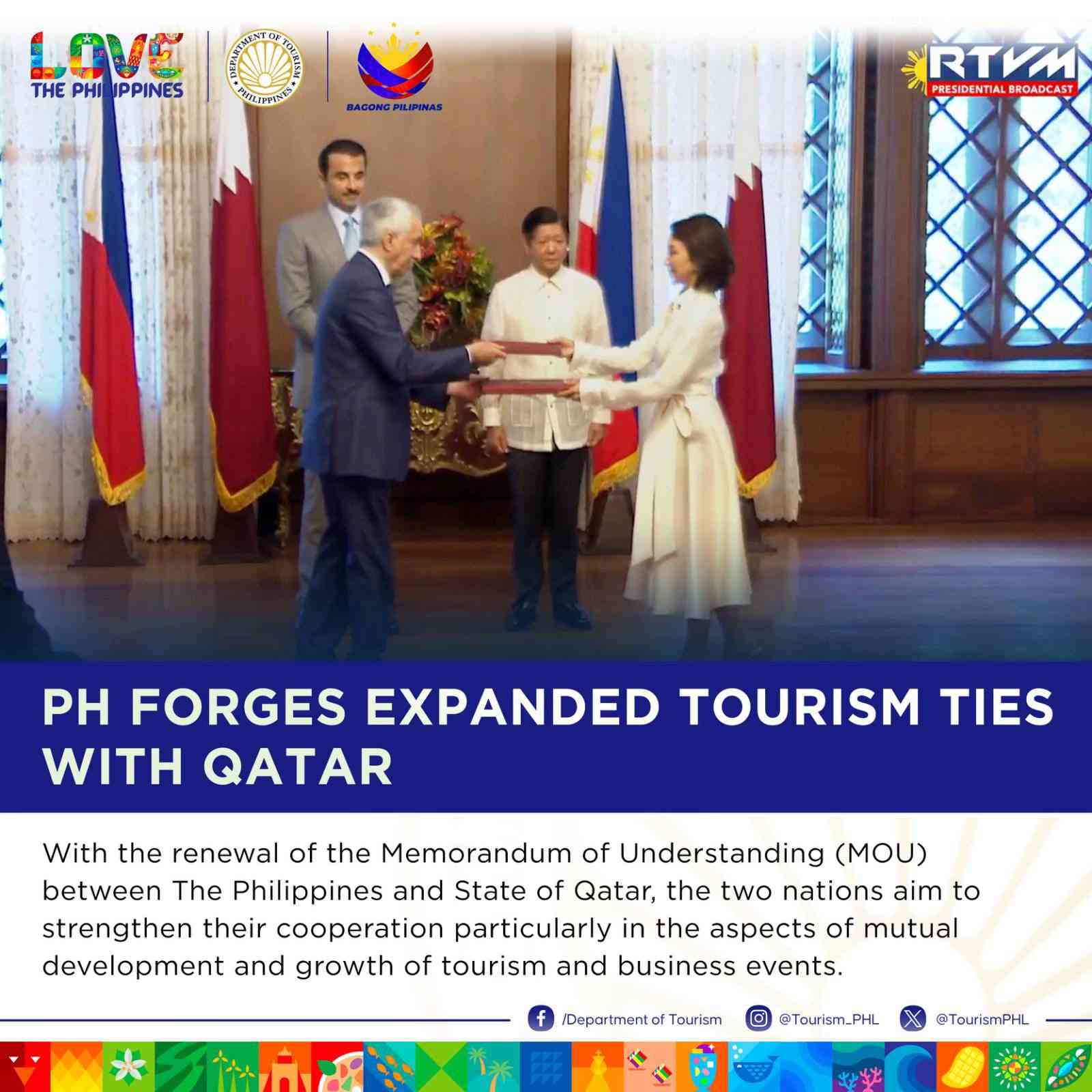

In order to advocate traditional Filipino culture promoting biodegradable materials of different types, Sipalay City also called the “Kite Tourism Capital of the Philippines” located in Negros Occidental will be celebrating its 9th Burangoy Tourism Kite Festival.
The name Burangoy came from the words ‘burador’ which means kite and ‘Barungoy’ which is a local term for flying fish.
The festival, which will run on March 23 until March 26, is the first after the city was bestowed the title by the Kite Association of the Philippines (KAP) because of its “enduring commitment to promoting the traditional Filipino kite culture as an annual tourism activity” during the culmination of the festival’s eighth edition last year.
Jerick Lacson, the Supervising Tourism Officer of the City Tourism Development and Promotion Office, said that they are very excited to witness again Poblacion Beach filled with beautiful and colorful kites during the kite flying competition of the 9th Burangoy Tourism Kite Festival.
On March 25, the kite flying competition will have different categories including Flat Kite which will have a local design called “guryon’, Flying Fish Kites or Barungoy exhibiting 2D or 3D flying fish-themed kites and are applied to Sipalay-based individual participants only.
Included in the categories which are open to all with no age limit, are Figure Kites showcasing Philippine animal figures and 3D Geometric Kites.
The top 3 winners for each category will receive cash prizes while victors of the Biggest Kite, Longest Kite, and Most Unique Kite will be given special awards.
Earlier, the City Tourism Development and Promotion Office and KAP had a kite-making workshop which had total attendees of 32 children and youth wherein local kite masters Lyster James Dingcong, Cris Rosales, and Joenit Bescaser taught the children kite-making techniques.
Siplay promotes sustainable tourism by showcasing the kite festival as a family-friendly activity, kite flying as an eco-friendly sport, and kite making as a venue to promote local arts and culture, Lacson said.
Lacson added that the kite symbolizes hope to soar high and recover from the effects of the pandemic and Typhoon Odette.




